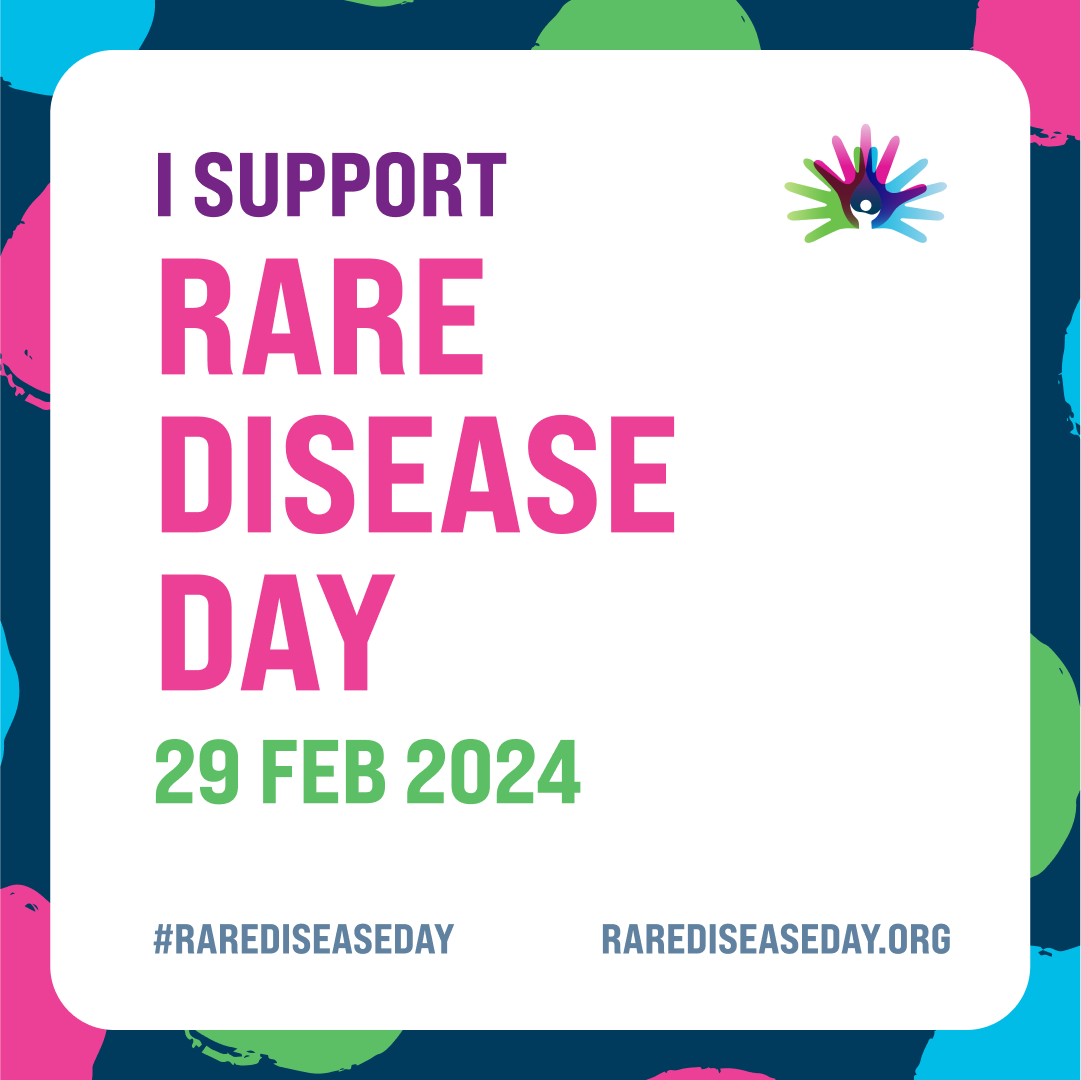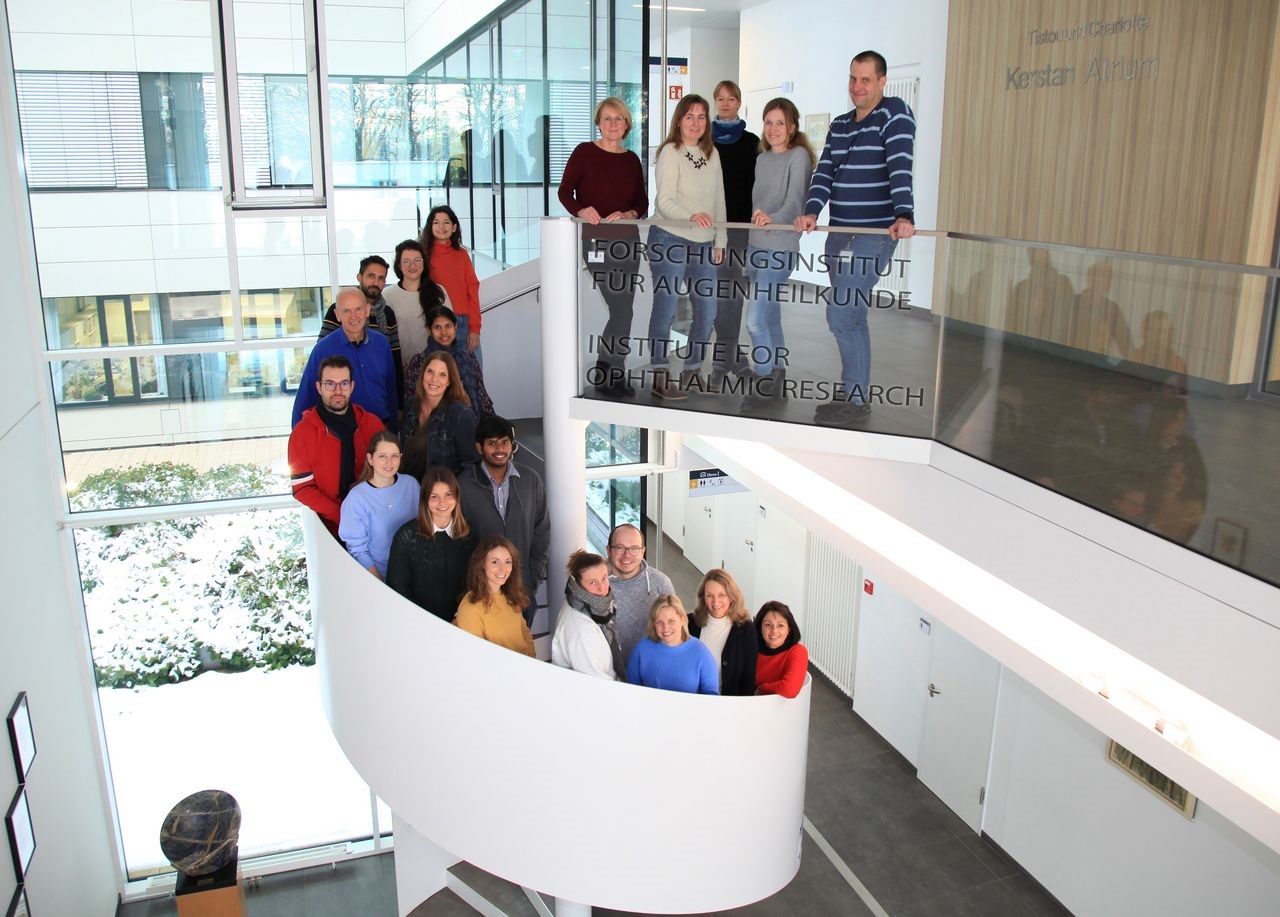News
Pioneering the Battle Against Rare Retinal Degenerations at The Institute of Ophthalmic Research
New pathways towards the preservation of vision in patients with inherited retinal degeneration.
Today, February 29th, we mark Rare Disease Day, a moment to raise awareness about the challenges faced by individuals living with rare diseases and to celebrate the progress being made in research and treatment. This year, we want to spotlight the work of Prof. Marius Ueffing and his team at the Institute for Ophthalmic Research, University Hospital Tübingen, as they pioneer new pathways towards the preservation of vision in patients with inherited retinal degeneration.
This Rare Disease Day, let us stand in solidarity with those impacted by rare diseases, honoring their resilience and courage, while also recognizing the tireless efforts of researchers like the ones at the Institute for Ophthalmic Research in Tübingen, who continue to push the boundaries of possibility in pursuit of treatments and cures.
New Paths to Preserve Vision
Is Retinal Degeneration Treatable?
"In ophthalmology, we need new therapeutic approaches. Additionally, we must pursue multiple avenues and not rely solely on a single form of treatment," says Prof. Marius Ueffing, Head of the Institute for Ophthalmic Research in Tübingen at the University Hospital Tübingen. At the beginning of his research in human genetics, he recalls being a gene hunter. Following the decoding of the human genome in 1997, there was hope that genome-based therapies could control all diseases. However, this turned out to be incorrect: gene-based therapies are suitable for some, especially monogenic diseases, but they are very specific, very expensive, and mostly suitable for a small group of patients. Ueffing therefore took a step back to the molecular biological basics. He focused on the development of mutation-independent therapies: He closely studies the metabolic processes in retinal cells and investigates potential issues.
Masterpiece of Folding in the Eye
The eye is an extraordinary masterpiece of nature: photoreceptor cells in the retina perceive even the smallest light impulses, allowing us to see in the dark. Rhodopsin, the visual pigment, plays a crucial role in this process. This protein is produced millions of times each day in the rods responsible for light-dark vision. In order for proteins to function, they must first be folded correctly. This complex process requires a lot of energy. Additionally, the folding of rhodopsin is elaborate and often not perfect on the first attempt. In a healthy eye, this is not a problem; the faulty protein either returns to the folding machine to be refolded or is degraded. Both processes require a lot of energy, and the cell's powerhouses, the mitochondria, are pushed to their limit. "If a mutation prevents the correct folding of a protein, the folding process comes to a complete standstill, leading to the total exhaustion of the cell," explains Ueffing. This is where he intervenes: How can we stop this energy-intensive folding machinery before the cell collapses and consequently dies??
Key Molecule Discovered
This is where a key molecule comes into play: VCP (Valosin-containing Protein). Ueffing originally discovered it as an interacting partner of rhodopsin. Meanwhile, he knows that it serves as a quality control mechanism for proteins in cells. Together with a series of other factors, it determines whether a protein is correctly folded or not. "If you downregulate the activity of this quality control element, the cell doesn't exhaust itself energetically," says the scientist. His research group has demonstrated this. The price paid for this is "B-grade" vision, meaning retinal cells with a proportion of faulty visual pigment. "But the main thing is that the cell stays alive. And I'd rather see a bit worse in the dark than go blind!"
Ueffing and his team already have several molecules from a compound bank in the pipeline, which have been tested in animal models. Three molecules effectively protect animals from blindness and show no contraindications. The research has progressed to the point where clinical trials are to be conducted. Ueffing hopes to present initial clinical results within the next five years.
On the one hand, his research focuses on children and young people with genetically inherited retinal degenerations. Some of the affected individuals are at risk of going blind before puberty. Given the complex disease process, it is unlikely that a single therapeutic approach would be sufficient to effectively stop such a disease. Ueffing is convinced that intervention is needed at various points. In addition, the chronic disease must be treated over many decades. This is why the development of a new medication must fulfil high standards of drug safety.
Different Therapeutic Approaches
This also applies to older people suffering from age-related macular degeneration (AMD), a common retinal disease in old age. In a slowly progressive process, patients lose their photoreceptor cells and their vision. Although there is an initial medication for dry AMD that offers some hope, there is no breakthrough therapy. In a large-scale European study (Eye-Risk) led by Ueffing, it was shown that a healthy lifestyle can delay the onset of the disease. However, therapeutic alternatives are lacking for those already affected by age-related macular degeneration. " There is hope that a therapy, such as the VCP approach initially developed for rare monogenic hereditary diseases, could also benefit those with AMD." explains Ueffing.
Translation from the German article by Paula Wegner for PULS / Das Magazin des Universitätsklinikums Tübingen



Twitter / X
You can also follow us on https://twitter.com/eyetuebingen



